16+ Paw Paw Plants
The paw paw tree Asimina triloba is indigenous to 26 states in the United States growing wild from the Gulf Coast up to the Great Lakes region. Call for pricing availability.

Pdf The Pawpaw A Forgotten North American Fruit Tree
Papaya Paw Paw pawpaw MJ.

16+ paw paw plants. While individual flowers are hard to spot a group of them makes a spectacular sight. Common Paw Paw will grow to be about 20 feet tall at maturity with a spread of 15 feet. How to grow paw paws in a garden.
It is native to eastern North America and collectively referred to as pawpawThe genus includes the widespread common pawpaw Asimina triloba which bears the largest edible fruit indigenous to the United States. Pawpaws are native to 26 states of the US. Paw paw take approx.
Heavy cropper of elongated fruit. Enrich the soil with Yates Dynamic Lifter Soil Improver Plant Fertiliser. Plant several seeds then select the strongest female plant to grow on.
Make a ridge of earth around the plant and apply a layer of mulch to aid in moisture retention. It belongs to the genus Asimina in the same plant family the Annonaceae as the custard-apple cherimoya sweetsop ylang-ylang and soursop. Plant Description Pawpaw is a deciduous often narrowly conical tree or large shrub that grows about 35 feet 11 m rarely to 45 feet or 14 m tall with trunks 8-12 inches 2030 cm or more in diameter.
Tamp the soil down. It has a low canopy with a typical clearance of 3 feet from the ground and is suitable for planting under power lines. It is a thicket-forming understory tree with large obvate-lanceolate leaves that droop down giving the tree a wilted appearance.
Water thoroughly and keep the soil moist throughout the growing season. Paw Paw is a native ornamental tree. If the soil is clay based add gypsum and fork in well.
Unpot your plant and loosen the soil and any tangled roots. Known as tiny bluet Houstonia pusilla this 2-4 inch plant has blue-purple flowers with a reddish center. Bisexual orange - red fleshed Papaya with very sweet juicy flesh.
The papaws fruits are low in. Performs best in a sheltered warm location. Choose a sunny spot with well drained soil.
The paw paw is the largest edible fruit indigenous to the United States. Dig a hole thats just as deep as the root ball and three times as wide. Seedlings have been selected from high quality self pollinated selection so expect at least 80 bisexual plants.
Its a favorite host plant of the zebra. These fruits are eaten alone or in salad without the skin. Paw paw fruit Farming in Kenya is done in tropical and subtropical climates and pawpaw plants do not tolerate freezing temperatures.
Rich deep and well-draining soil are ideal conditions from planting new Paw Paws. Anytime except for Jan April. Place the plant with its dirt into the hole making the top of the pot soil even with the ground soil.
As small as these flowers are they still provide nectar and pollen to some of our tiniest pollinators. Papaya Carica papaya a widely cultivated tropical fruit tree. And to Ontario.
Dig the planting hole twice as wide and to the same depth as the root-ball. Asimina triloba the American papaw pawpaw paw paw or paw-paw among many regional names is a small deciduous tree native to the eastern United States and Canada producing a large yellowish-green to brown fruit. It grows at a fast rate and under ideal conditions can be expected to live for 40 years or more.
Maroon flowers appear in spring and mature into an edible fruit. 18 months from planting the seed to fruit production so a nutrient rich soil is necessary for fast growth. Mountain paw paw Vasconcellea pubescens a fruit tree native to South America.
Highlands wet cool. Trees often spread by suckers creating a Paw Paw. Paw Paws prefer a partial sun location needing no more than five hours of sunlight a day.
Paw-paw is an all-around unique native plant being the northernmost member of a mainly tropical family of trees. Asimina has large simple leaves and large fruit. Also Im seeding a mix of buckwheat yarrow clover parsley chervil alyssum babys breath fennel calendula alfalfa carrot dill radish coriander and daikon.
About Press Copyright Contact us Creators Advertise Developers Terms Privacy Policy Safety How YouTube works Test new features Press Copyright Contact us Creators. Paw Paw aka papaya Carica papaya. Mound the soil to improve drainage if necessary.
This understory tree naturally occurs in wooded slopes and ravines but can flourish in your yard if planted in the right spot. Will have comfrey planted around them as well as various flowering bulbs for grass suppression. Asimina a genus of trees and shrubs native to eastern North America commonly known as pawpaws Common pawpaw Asimina triloba a temperate fruit tree native to eastern North America.
Asimina is a genus of small trees or shrubs described as a genus in 1763. Papayas fruits are delicious and grow throughout the year.

Pin On Yard Ideas

Pdf The Pawpaw A Forgotten North American Fruit Tree

Pawpaw Pictures From Blossom Nursery Flowering Trees Plants Pawpaw
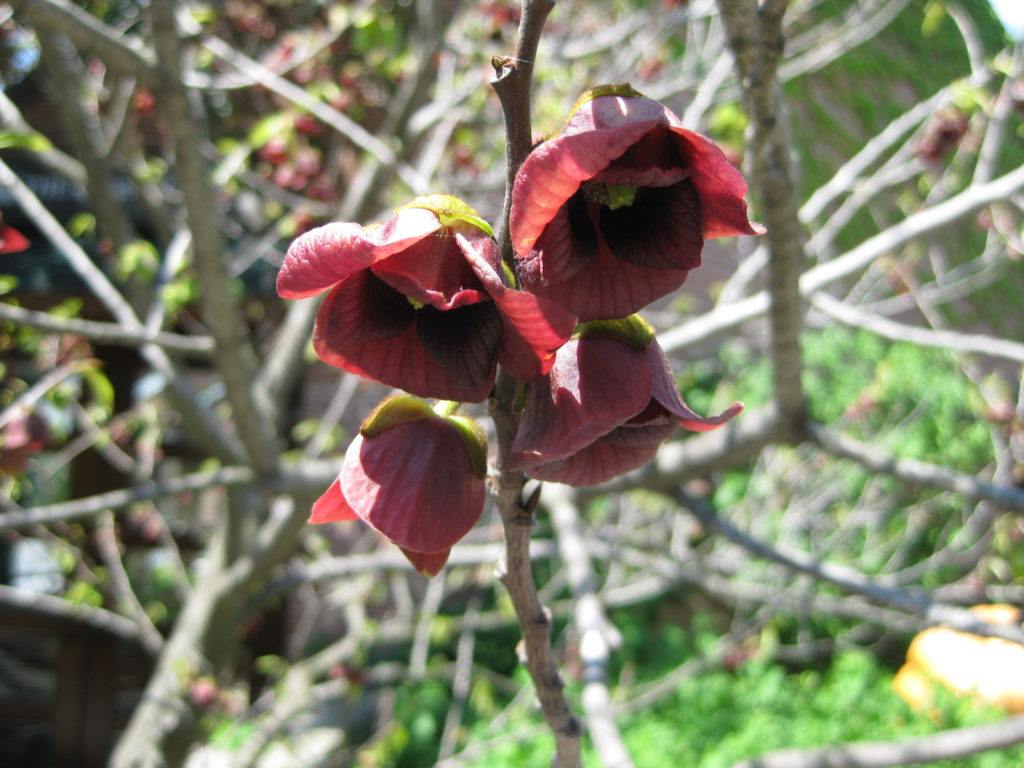
The Pawpaw Rotary Botanical Gardens
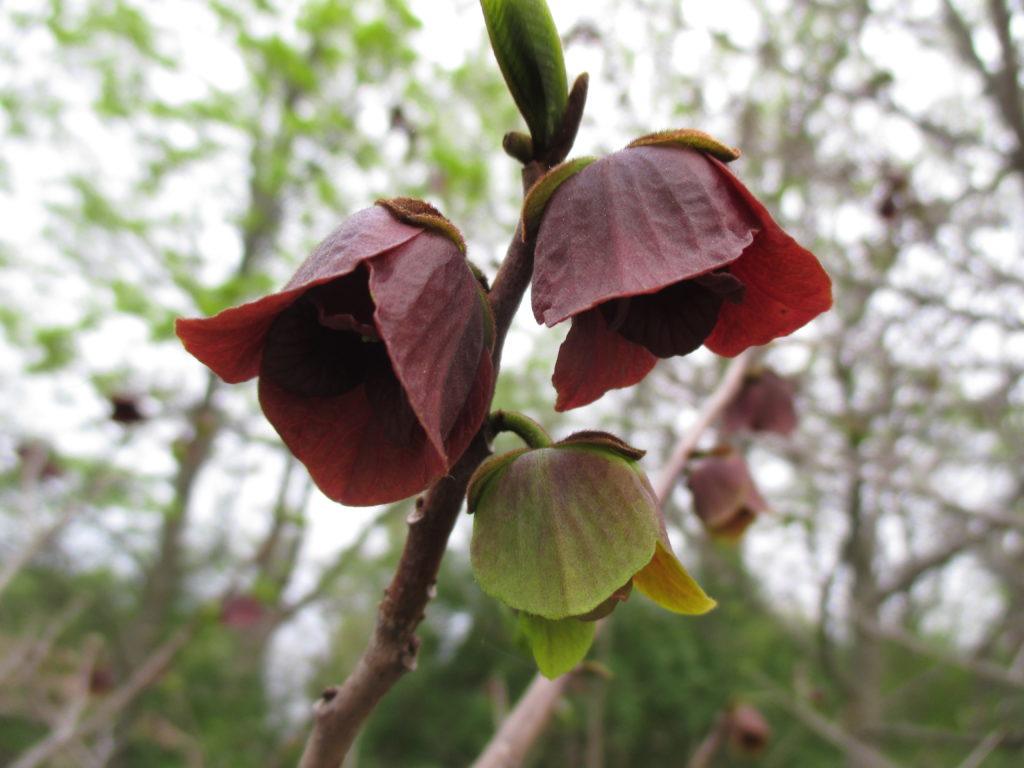
The Pawpaw Rotary Botanical Gardens
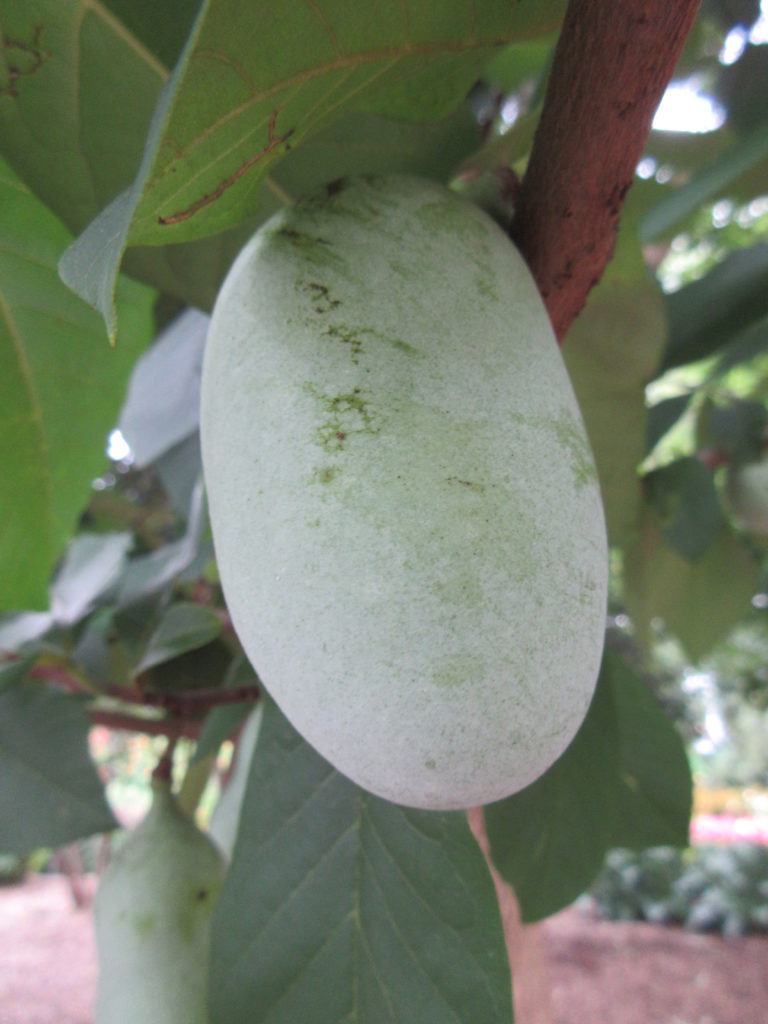
Plant Sale Looms Rotary Botanical Gardens

C Mabberley S Plant Book

Pdf The Pawpaw A Forgotten North American Fruit Tree

Pdf The Pawpaw A Forgotten North American Fruit Tree

Pdf The Pawpaw A Forgotten North American Fruit Tree

16 Ideas For Landscape Front Yard Small Drought Tolerant Succulent Garden Landscape Succulent Garden Design Succulents Garden

Pin On Hgd Garden Ideas

1 White Birch Tree Betula 16inch Fast Growing Ornamental Etsy In 2021 White Birch Trees Birch Trees Garden Fast Growing Trees

Cat S Paw Succulent Succulents Succulents Garden Plants

Border Plants 2 Plants Border Plants

Rhodochiton Atrosanguineum Purple Perennials Purple Garden Garden Vines

Pin On Native Pa Plants
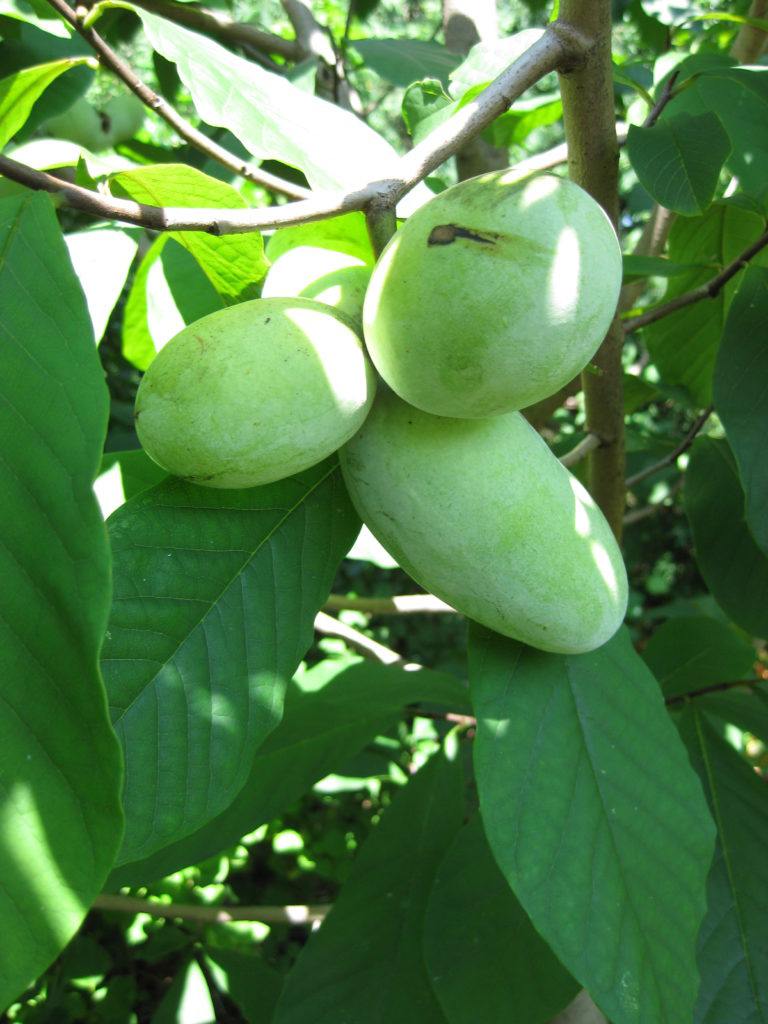
The Pawpaw Rotary Botanical Gardens

Maranta House Plants Indoor Shade Plants Variegated Plants
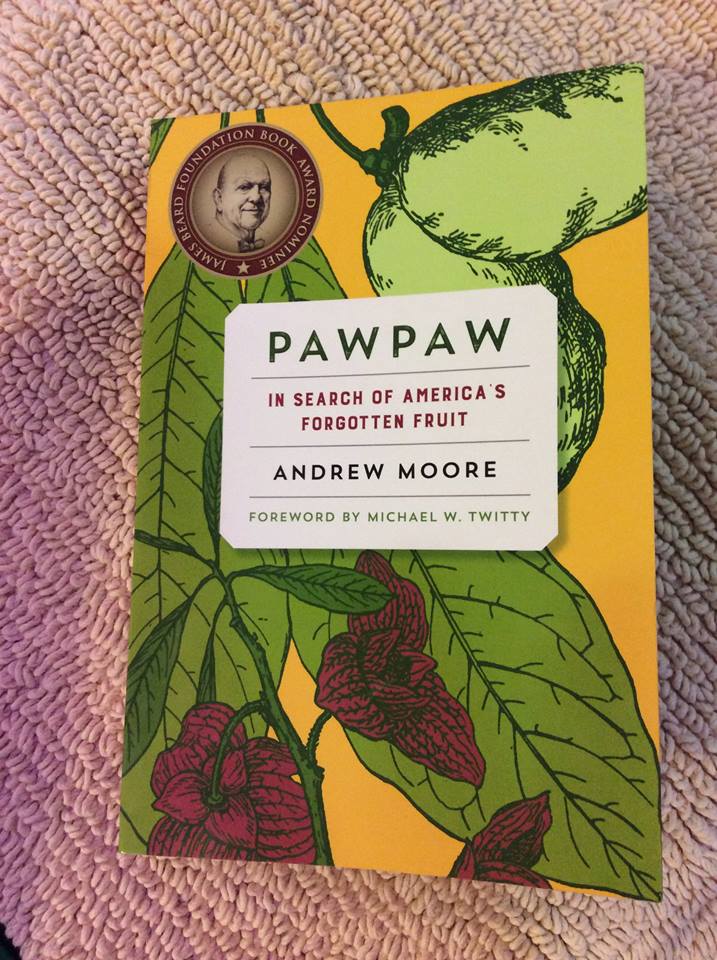
The Pawpaw Rotary Botanical Gardens